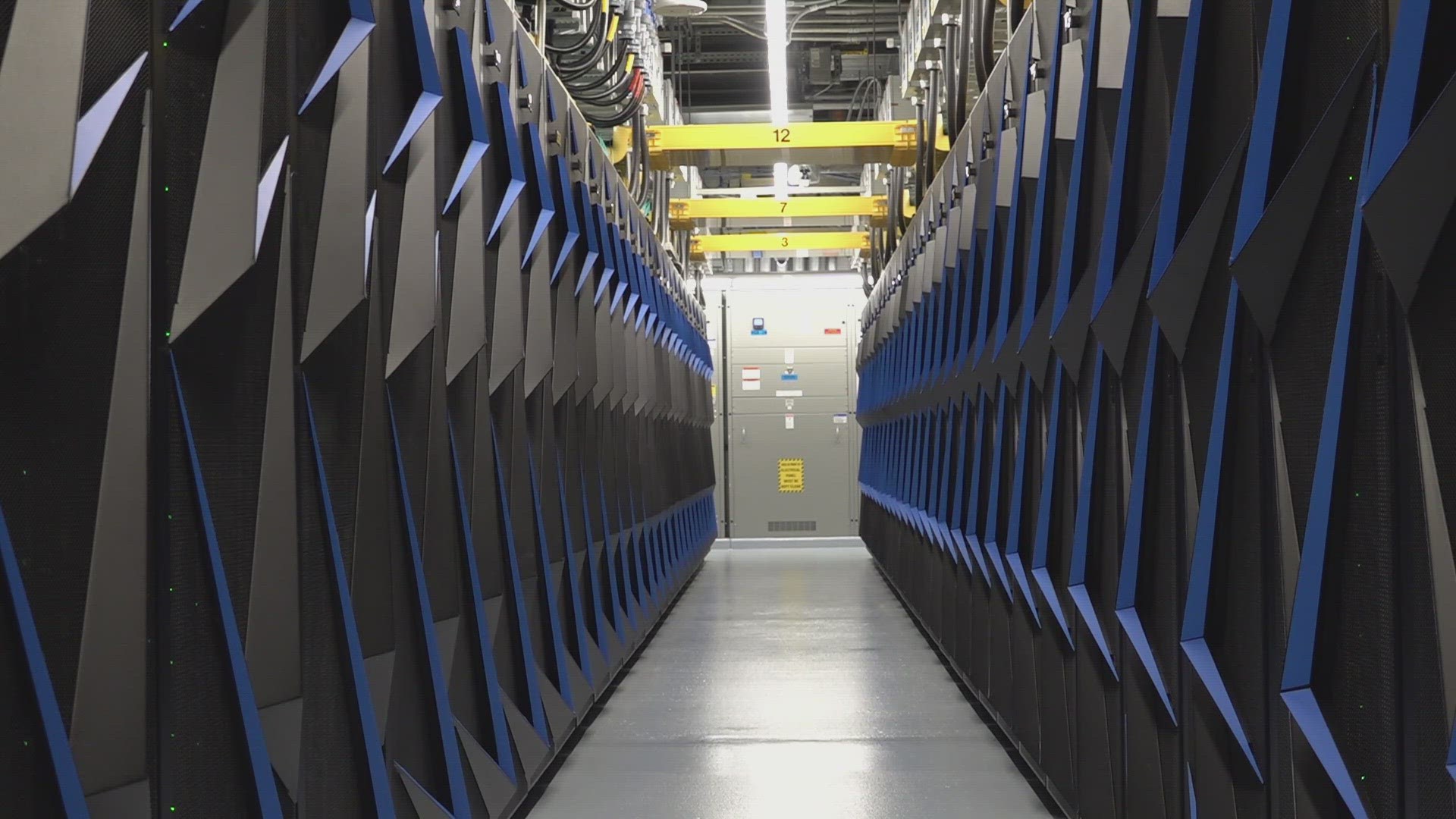OAK RIDGE, Tenn. — Oak Ridge National Laboratory's computing systems are playing a big role in understanding weather and climate change, using a model of Earth.
"You have this model Earth. And say you, for example, no one drove to work tomorrow and you have no carbon output. You can feed that to the model and understand the impact," said Kate Evans, the division director for ORNL's Oak Ridge's Computational Science and Engineering Division.
The laboratory's supercomputers have the ability to collect data about current weather events and predict future patterns. It's helping rescue efforts during natural disasters as well.
"During climate events where you have extra heat, humidity or rainfall — it's hard to get help to people. But when you have an accurate weather prediction, you can know exactly when there is going to be a break in the rain and this is the time to deploy rescue efforts, in real-time," said Evans.
Their research also helps the U.S. Air Force predict the weather with hyper-local forecasts.
"Using our forecasts, they update their models every four hours for the most up-to-date forecasts while also getting predictions to specific areas," said Evans.
She said the more precise weather forecasts can be, the better first responders can react to them.
"Weather is something that affects everyone, so trying to understand it better can benefit everyone," she said.

